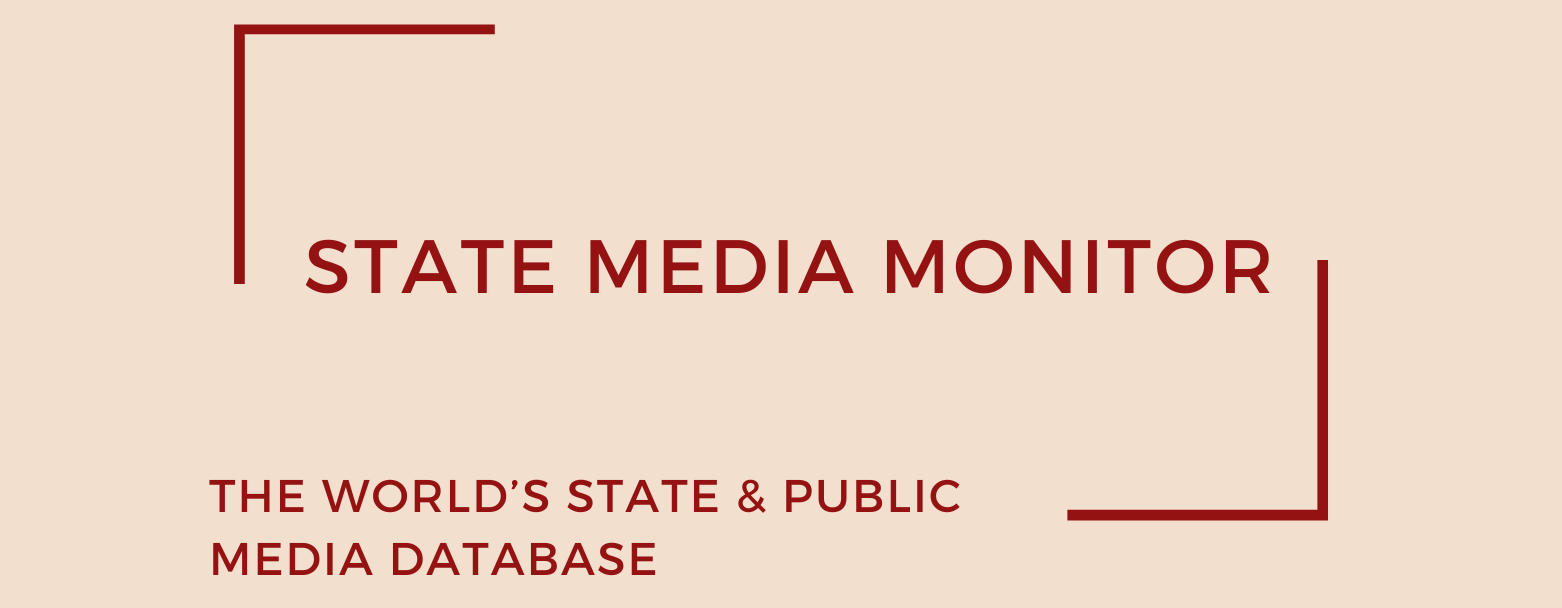News Agency of the Slovak Republic (TASR)
The News Agency of the Slovak Republic (TASR) was founded on January 30, 1992, in Bratislava, Slovakia.
Media assets
News agency: TASR
State Media Matrix Typology
Independent State Funded and State Managed (ISFM)
Ownership and governance
The News Agency of the Slovak Republic (TASR) was established as an independent public service institution, as Law No. 385/2008 outlined. It is governed by a five-member Board of Trustees (administrative board), whose members are elected by the National Council (Parliament) based on nominations from a parliamentary committee. This board is responsible for electing TASR’s director-general.
As of the most recent information, the agency’s director-general (CEO) is Vladimír Puchala, who continues in this role following re-election.
Source of funding and budget
The main source of funding for TASR has long been the revenue generated from the sales of its services, supplemented by state contributions. In 2021, TASR had an annual budget of approximately €5 million, with 60 % derived from service-sales revenues and 40 % subsidized by the state. In 2022, its budget rose slightly to €5.1 million, with internally generated revenue comprising around 52 % and state subsidy accounting for 48 %.
A major change in TASR’s financing model was adopted on 20 June 2023, when the Slovak National Council amended Act No. 532/2010 on RTVS, simultaneously altering Act No. 385/2008 on TASR. The reform replaced TASR’s practice of negotiating ad hoc contracts with the state by introducing a claimable, legally guaranteed contribution from the state budget. From 2024 onwards, TASR is entitled to a direct contribution set at 0.0029 % of Slovakia’s GDP, intended to ensure a more predictable and sustainable framework for financing its public-interest tasks, according to information published in TASR’s summer 2023 newsletter.
Previously, the agency’s funding had been frozen at the same base level since 2015, with only occasional supplements negotiated with the Ministry of Culture. The legislative change came after repeated calls from TASR management and its Board of Directors for sustainable financing in line with rising costs and expanding service requirements.
Editorial independence
In the past, TASR faced accusations of bias towards the government and political parties. More recent analyses (March 2023) indicated generally balanced and objective news coverage, with no evident pro-government bias. A content analysis from June 2024 did reveal a minor tilt favoring the government, though still falling short of proving editorial control.
There is no statutory or independent oversight mechanism in place to affirm TASR’s editorial independence.
September 2025
Citation (cite the article/profile as part of):
Dragomir, M. (2025). State Media Monitor Global Dataset 2025.
Media and Journalism Research Center (MJRC).
Zenodo.
https://doi.org/10.5281/zenodo.17219015
This article/profile is part of the State Media Monitor Global Dataset 2025, a continuously updated dataset published by the Media and Journalism Research Center (MJRC).
